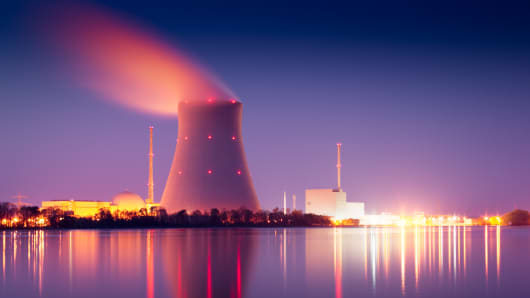The fortunes of the battered nuclear power sector may hinge on the development of small- and medium-sized reactors (SMRs), now being heralded by some as industry as the next wave in the industry.
Ten countries, including the United States, are exploring plans to construct SMRs, and that could have broad implications for electricity generation.
As coal plants across the country are decommissioned, an opportunity rises for alternative energy sources, especially natural gas and nuclear power. Five SMR-style facilities, including one in the Tennessee Valley, are in the planning stages, the U.S. Nuclear Regulatory Commissionsaid.
A new white paper by the Nuclear Energy Institute highlights the opportunity for SMRs, saying that as many as 73 nuclear reactors will be retired within the next 10-20 years.
That could pave the way for more efficient SMRs, which can be a source of both clean energy and economic growth, says Paul Genoa, the institute's senior director of policy development.
(Read more: Japan's nuclear plant leaks 300 tons of radioactive water)
"If we develop clean energy technology the world wants, we can transfer that … and build relationships with these developing countries that can last 100 years," Genoa said in an interview. With fears about nuclear power still percolating nearly three years after Japan's disaster at Fukushima, Genoa said the new generation of atomic reactors were designed with those fears in mind.
"Small reactors were designed with Fukushima's lessons learned," he said. In addition to being what he called "environmentally benign," SMRs are built "to completely avoid the kind of meltdown [you get] when you lose offsite power."
But a recent report by the Institute for Energy and Environmental Research cast doubt on the idea that SMRs could help revive the nuclear industry.
The think tank said small reactors "still present enormous financial risks," citing the sector's tendency to overrun on costs. It said the four reactors under construction were in part subsidized by taxpayers. The report said the mass production of SMRs could require $90 billion, and migrating from reactors to smaller modules "is a financial risk shell game, not a reduction in risk."


No comments:
Post a Comment